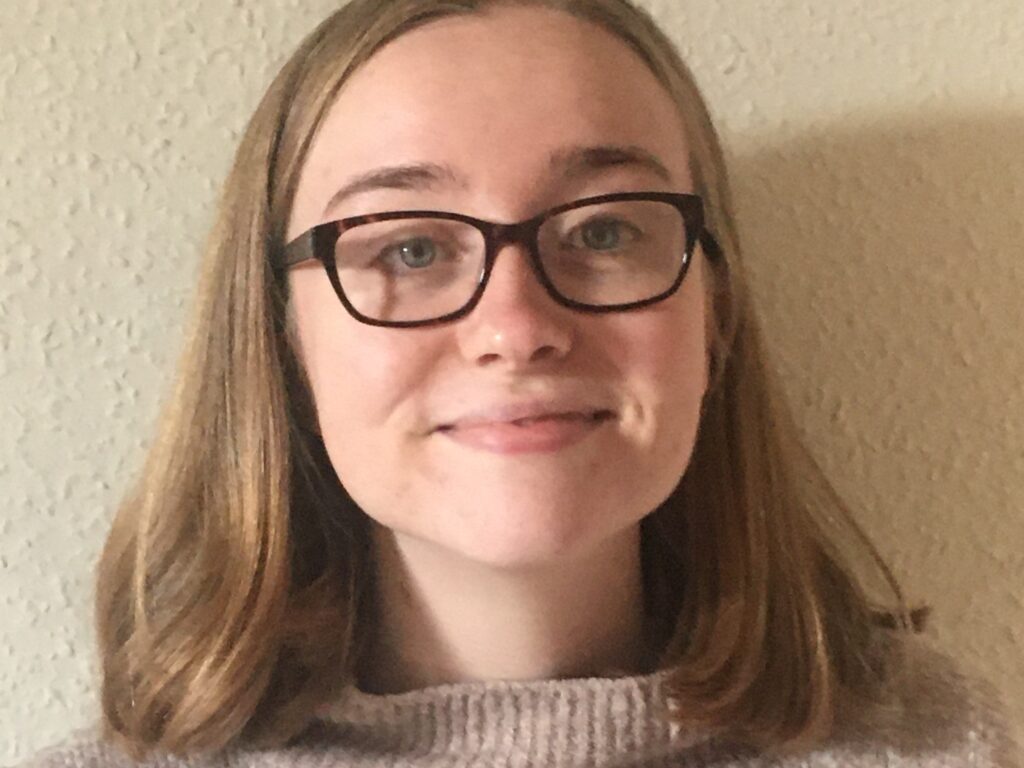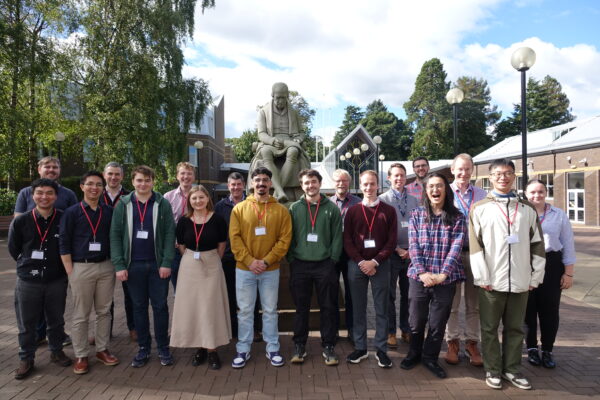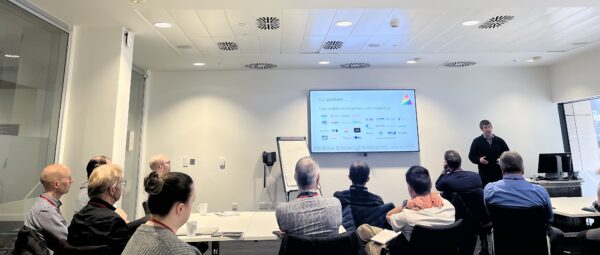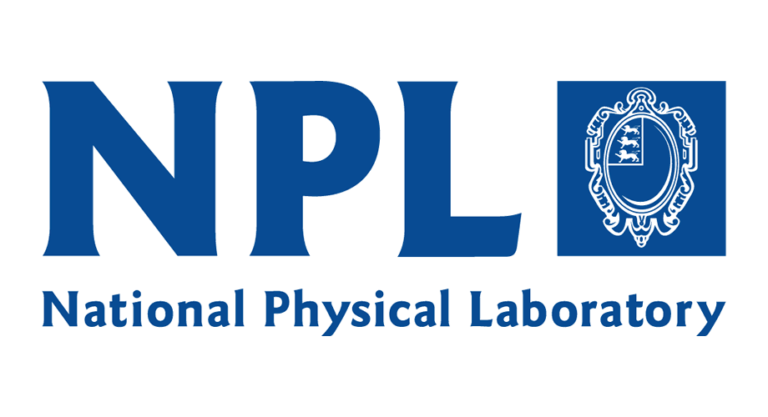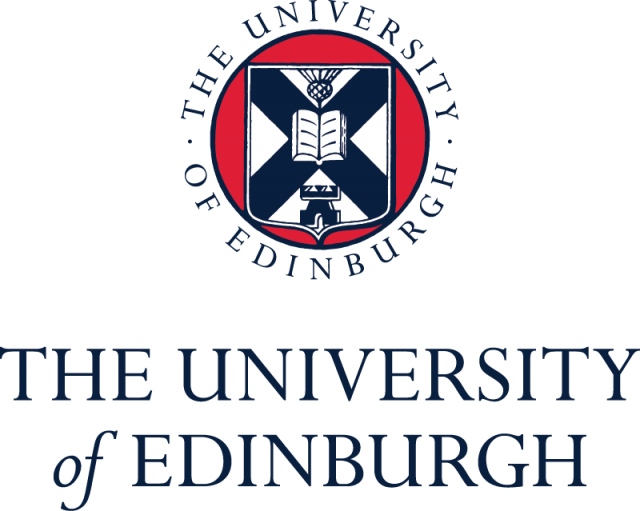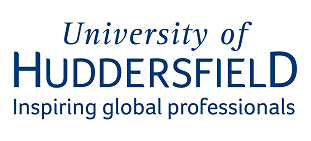Profile: CDT Student Louise Finlayson
Enrolled 2019, NHS/University of St Andrews
Project title: Fluorescence imaging, diagnosis, and photodynamic therapy for brain tumours
Supervisors: Dr. Kenneth Wood, Dr. Ewan Eadie
Glioblastoma (GBM) is a rare but deadly form of brain cancer with a median survival rate of only 14.6 months. A clinical trial, currently taking place at Lille University Hospital in France, hopes to extend this survival time by intraoperatively treating GBM with light via a process called photodynamic therapy (PDT). Published preliminary phase I trial results already show an increased survival of 23.1 months, an improvement of over 8 months. The main aim of my current research is to help increase understanding of intraoperative PDT for glioblastoma by computationally simulating the trials protocol treatment within a realistic brain model using Monte Carlo Radiative Transport (MCRT) techniques. The idea is to then be able to change various factors in my code such as treatment time and light power and predict how these changes will affect the treatment outcome.
As one of the first PhD students funded by the CDTAP, I work collaboratively between the School of Physics and Astronomy at the University of St Andrews and the Photobiology Unit at Ninewells Hospital in Dundee. Being a PhD student has allowed me to focus on developing academic skills such as writing papers and presenting at conferences but the connection with Ninewells has provided the opportunity to massively enrich my research with the clinical expertise of my supervisors there. Up until the end of 2021, my research focused on simulating light penetration depth into skin for wide range of wavelengths. This project helped solidify my understanding of the MCRT code and culminated in the publication of a journal paper and the development of a web app to allow clinicians to easily access the data from the paper. This experience helped me move into the GBM work with more confidence and, with the clinical guidance of my supervisor Kismet, a neurosurgeon at Ninewells, we have now developed a realistic simulation of the Lille clinical trials protocol.
I recently had the opportunity to present this GBM work at a PDT conference in Nancy, France, also attended by a leading scientist involved in the Lille clinical trial. This has led to a closer collaboration with their research group, further increasing the opportunity for our research to have a real clinical impact. At the end of my talk, I received a question about what being part of the CDTAP involved. They were impressed by the range of skills developed and liked the idea of having research students directly involved in industry, stating that a program like this should also be developed in France. I fully agree with them, the CDTAP builds much needed bridges between academia and industry, creating many valuable connections. In my research specifically, collaboration with clinicians has allowed me to direct my research to answer questions that I as a physicist would not have thought to ask. It has also allowed me to present the results and data in a way that is most valuable and accessible to them, increasing the likelihood of the research having an impact on clinical practice. Working at Ninewells has also given me the opportunity to observe while patients are treated using PDT and it is certainly a rewarding and eye-opening experience to be able to see this happening outside the realms of my laptop and to see first-hand the real-life applications of this research field.
I have thoroughly enjoyed the past few years as part of the CDTAP and I do believe that my research experience, along with the skills development and business classes, has left me well equipped to face the real-world next year!


